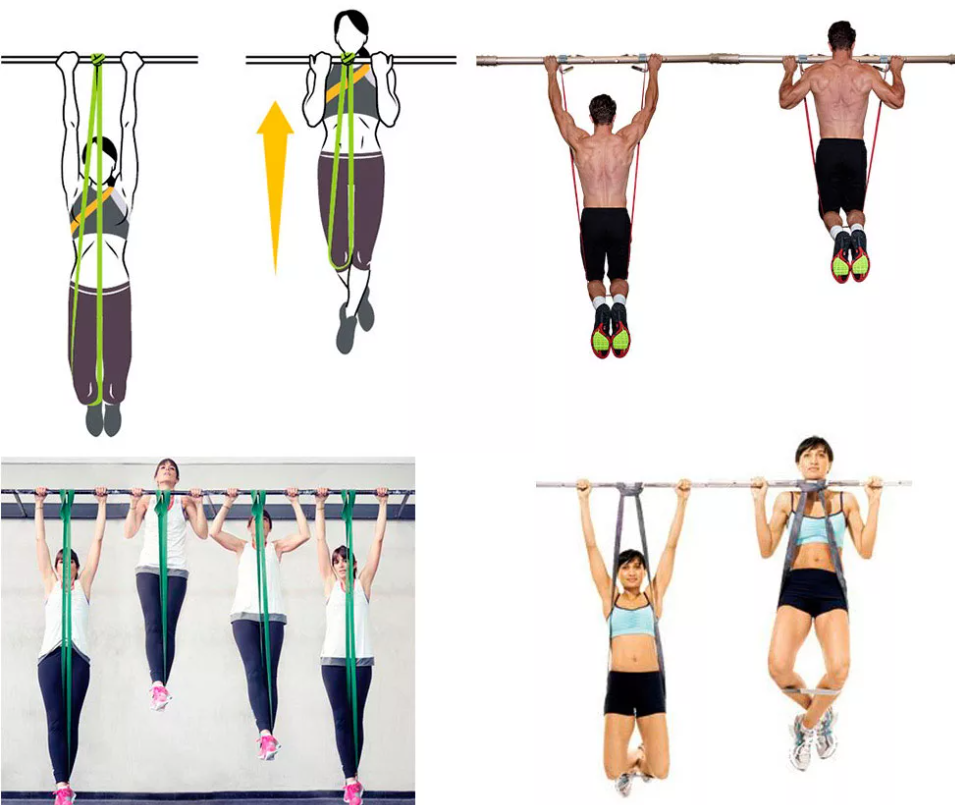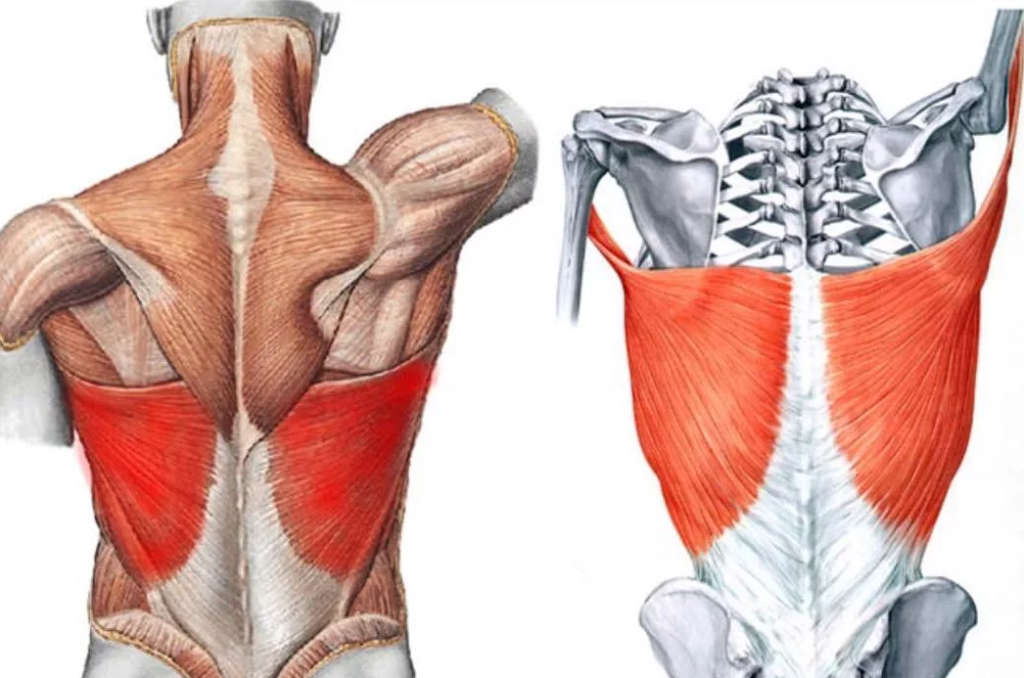Mastering Pull-Ups: Avoiding Common Mistakes and Achieving Progress. Pull-ups are hailed as one of the most effective exercises for developing the muscles in your back. However, mastering this exercise requires a keen understanding of proper form and technique. Let’s delve into the intricacies of pull-ups, highlighting common mistakes and offering guidance on how to achieve steady progress.
1. Avoiding Due to Weakness:
- Many individuals steer clear of pull-ups due to an initial inability to complete even one. Don’t dismiss the exercise entirely; instead, use assistance tools such as the gravitron or resistance bands.
- Gradually reduce the assistance weight, aiming to eventually perform unassisted pull-ups.

2. Incomplete Range of Motion:
- Control is paramount in pull-ups. Ensure a full range of motion by resisting the pull of gravity throughout the descent.
- Descend completely to maximize the stretch on your latissimus dorsi, a key muscle in pull-ups.
3. Misusing Momentum:
- Some resort to excessive body swinging, transforming pull-ups into a less effective exercise. Mindfully use techniques like “kipping” to avoid relying solely on momentum.
- “Kipping” can be strategically employed for high-repetition workouts but is less effective for muscle development.

4. Pulling with Arms, Not Back:
- Novices often make the mistake of relying too heavily on their arms. Emphasize bringing the elbows towards the torso and focus on creating a pronounced arch in the lower back.
- Alternatively, use an “overhand grip” to target different muscles and reinforce proper form.
5. Overly Wide Grip:
- Optimal grip width is slightly wider than shoulder-width for maximum back muscle activation. A wider grip compromises the range of motion, reducing exercise effectiveness.
- Avoid behind-the-neck pull-ups to prevent excessive shoulder rotation and potential injuries.
6. Loose Leg Movement:
- Swinging legs can either aid or hinder pull-ups. Stabilize your lower body by engaging glutes, core, and legs.
- A stable lower body enhances control, ensuring that the movement is driven by upper body strength.

7. Lack of Progressive Overload:
- If you can effortlessly complete over 20-25 pull-ups, introduce progressive overload to maintain challenge and promote growth.
- Incorporate weighted pull-ups using specialized belts, backpacks, or holding dumbbells between your feet.
By addressing these nuances, you can optimize your pull-up routine, transforming it into a powerful tool for back muscle development. Remember, consistency and thoughtful progression are key to unlocking the full benefits of this fundamental exercise.


